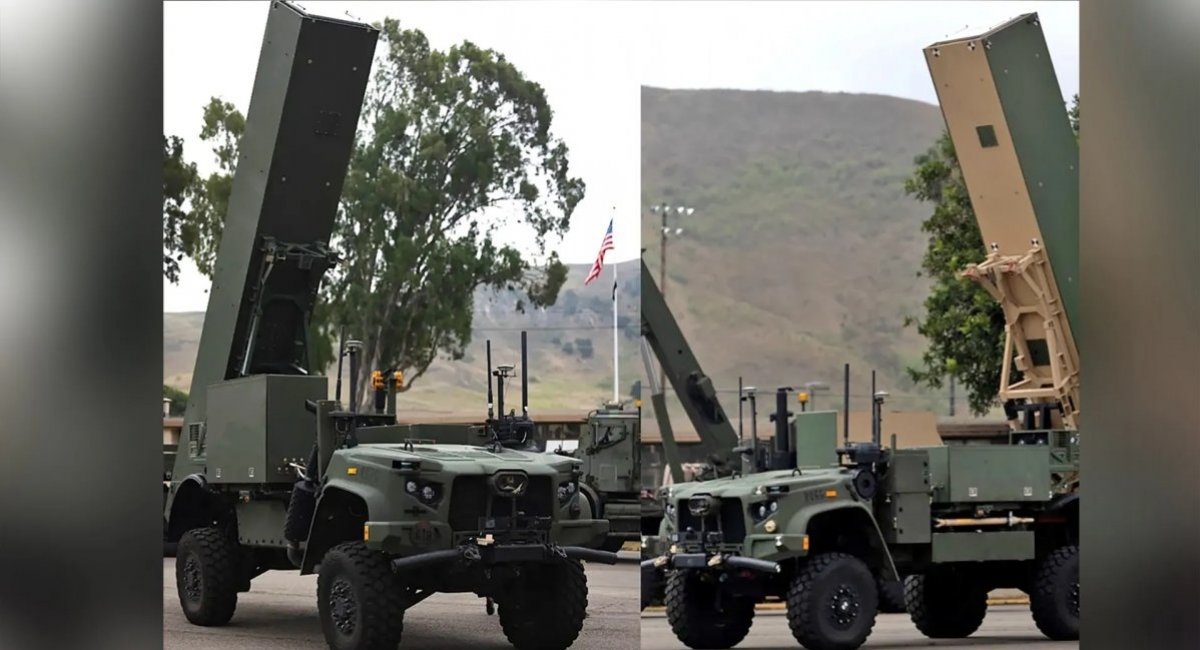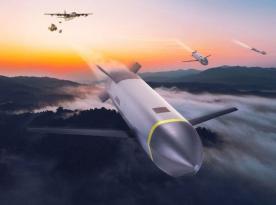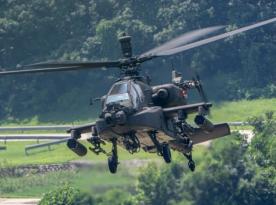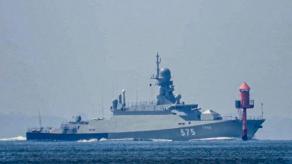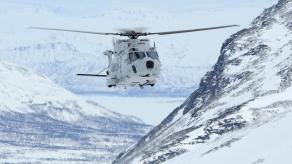The U.S. Marine Corps has decided to permanently revoke its use of Long Range Fires (LRF) mobile launchers equipped with Tomahawk cruise missiles in fiscal year 2026.
According to Naval News, the reason is the poor cross-country performance of these mobile systems in tropical climates — typical of the Indo-Pacific region, where the Marine Corps is expected to concentrate its future operations.
Read more: U.S. Marines Deploy NMESIS Uncrewed Anti-Ship Missile Launchers on Philippines For Taiwan Deterrence
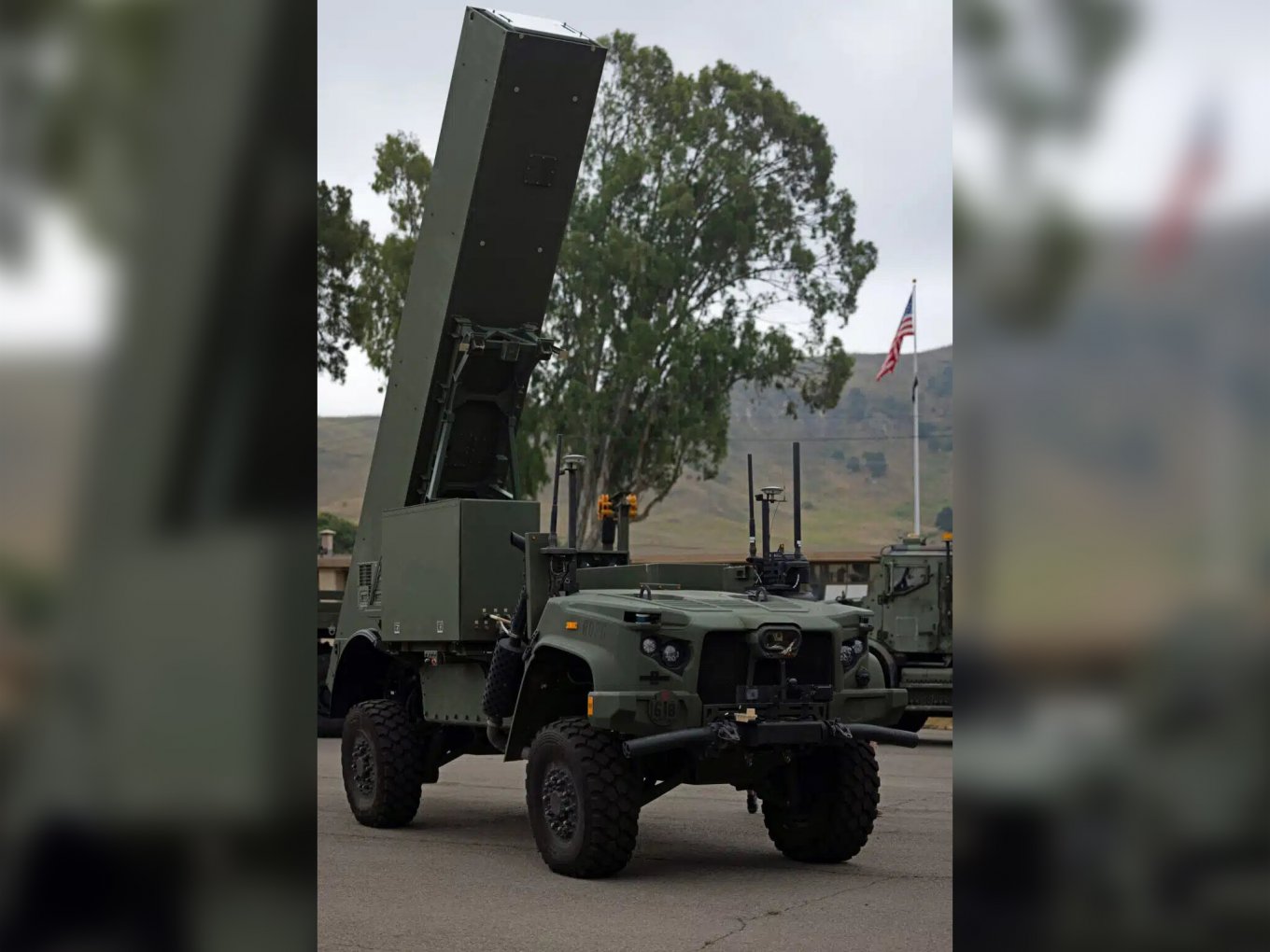
As part of a broader restructuring of its assets, the Marines looked into the performance of LRF and NMESIS (Navy/Marine Expeditionary Ship Interdiction System). Both systems are based on the same platform: the unmanned JLTV ROGUE Fires vehicle.
Earlier, we pointed out that LRF and NMESIS have developed from the same concept: to adapt long-range strike capabilities to the rough terrain and undeveloped logistics infrastructure of on-island forward bases. However, operational experience with the LRF has revealed limited deployability, prompting a reassessment of its viability.
In contrast, NMESIS has shown better results and will be retained and further developed. The system operates with NSM (Naval Strike Missile) anti-ship missiles.
Originally, the Marine Corps planned to field up to 56 LRF units by FY2028, with at least 4 to 8 launchers already delivered. Publicly available details on their technical specifications remain limited. What will happen to the existing LRF units and the Tomahawk missile inventory allocated to them has not yet been disclosed either.
Here, we could recall that the U.S. Army was earlier interested in this kind of light mobile launcher, as it needed an alternative to the bulky Typhon system, poorly adapted for moving around small islands with their narrow streets and soft soil. Still, no firm decisions on this have been made public.
Meanwhile, development continues on enhancing the NMESIS system. For FY2026, the U.S. Navy has funded work to extend the range of the NSM missiles, paving the way for the NMESIS Block II system armed with the upgraded missile variant.

Provisionally named NSM-ER (Extended Range), Naval News notes that nothing is known yet about the expected performance specifications of the upgraded system, and a formal inquiry has been submitted to the Marine Corps for further clarification.
Read more: What’s Left of the Su-34s at Marinovka Airfield: Ukraine’s Drone Strike Confirmed by Satellite Images




